Heattolerant Greens That Will Thrive In Your Summer Garden
Heat-Tolerant Greens That Will Thrive in Your Summer Garden
Summer is a great time to enjoy fresh, homegrown vegetables. But if you live in a hot climate, you may be wondering what greens you can grow. The good news is that there are a number of heat-tolerant greens that will thrive in your summer garden.
In this blog post, we will discuss some of the best heat-tolerant greens to grow, as well as some tips for growing them successfully.
What are heat-tolerant greens?
Heat-tolerant greens are those that can withstand high temperatures without bolting (flowering and producing seeds). This is important in summer, when temperatures can often soar into the 90s and even 100s.
Some of the most heat-tolerant greens include:
- Swiss chard is a versatile green that can be eaten cooked or raw. It has a slightly sweet flavor and a sturdy texture that makes it a good choice for salads, stir-fries, and soups.

- Kale is another popular heat-tolerant green. It has a slightly bitter flavor that some people love and others don't. Kale can be eaten cooked or raw, and it's a good source of vitamins A and C.

- Malabar spinach is a fast-growing vine that produces edible leaves. It has a slightly sour flavor that some people find refreshing. Malabar spinach can be eaten cooked or raw, and it's a good source of vitamins A and C.
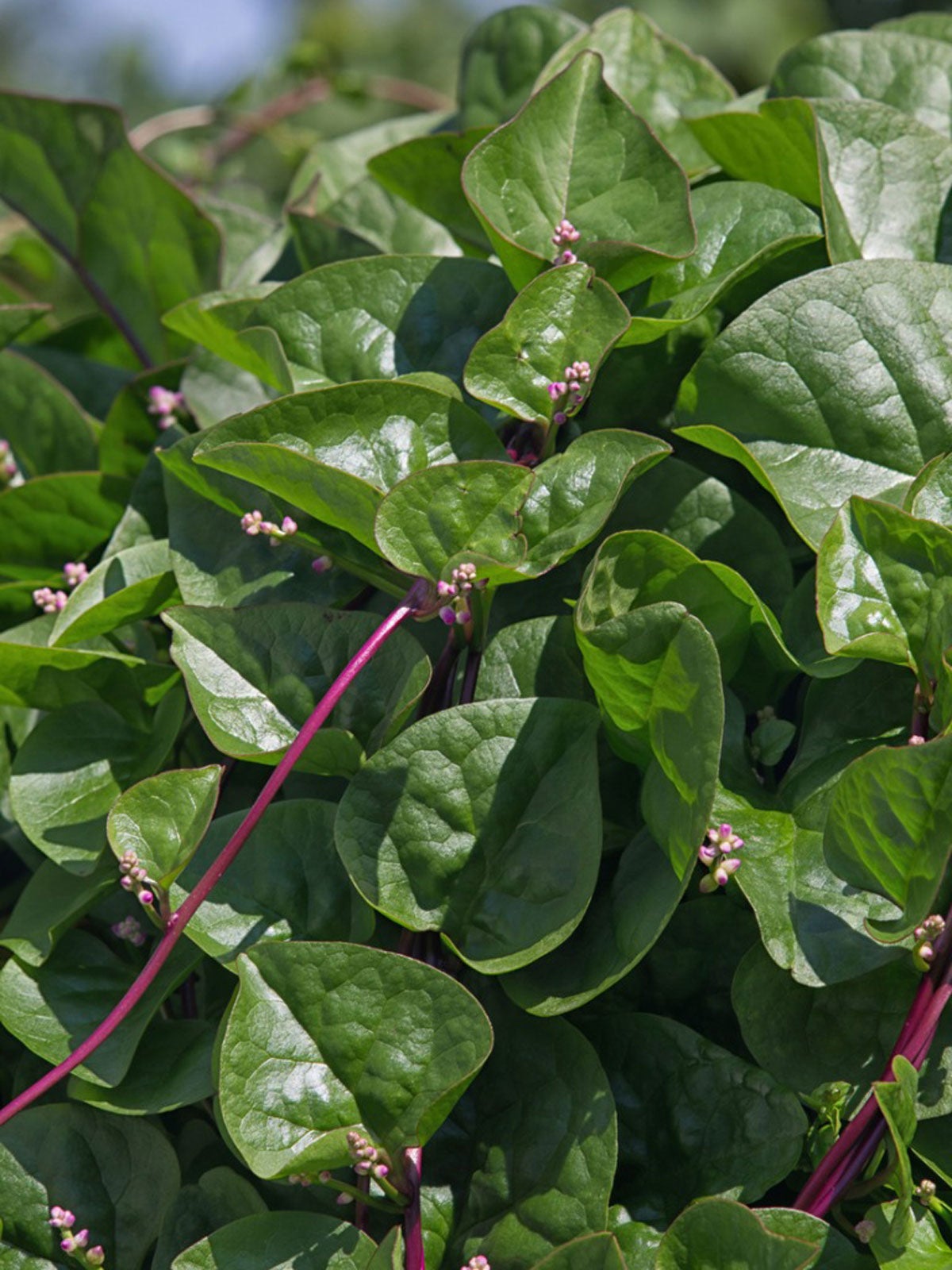
- Amaranth is a leafy green that can be eaten cooked or raw. It has a slightly nutty flavor and a chewy texture. Amaranth is a good source of vitamins A and C, as well as iron and calcium.
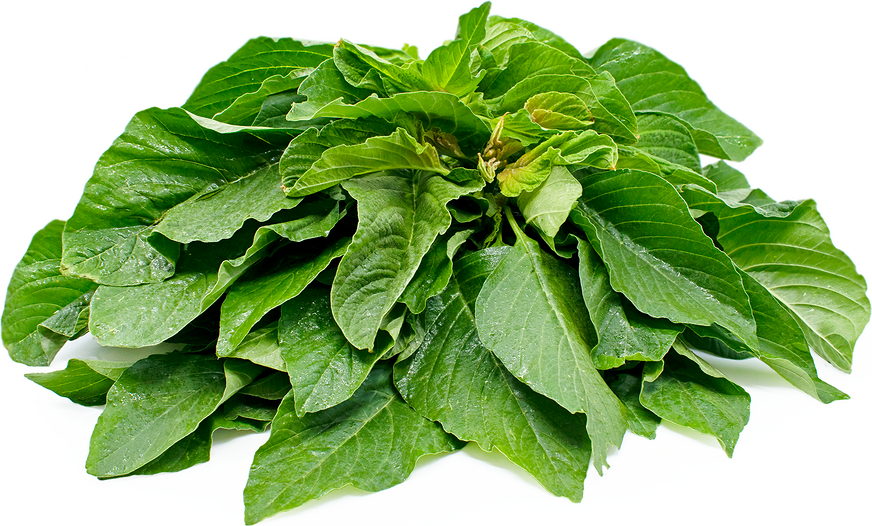
- Purslane is a low-growing succulent that produces edible leaves. It has a slightly tangy flavor that some people find similar to watercress. Purslane is a good source of vitamins A and C, as well as omega-3 fatty acids.
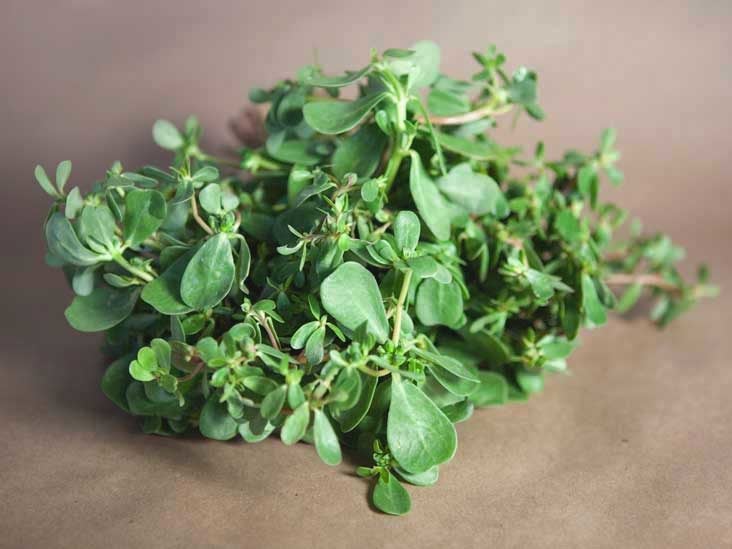
How to grow heat-tolerant greens
Heat-tolerant greens can be grown in a variety of ways, including in the ground, in containers, and in raised beds. When choosing a location for your greens, make sure they get at least 6 hours of sunlight per day.
The soil should be well-drained and rich in organic matter. If your soil is sandy or clayey, you may need to add compost or other organic matter to improve drainage and fertility.
Heat-tolerant greens are relatively easy to care for. Water them regularly, especially during hot, dry weather. You may also need to fertilize them every few weeks with a balanced fertilizer.
To harvest heat-tolerant greens, simply snip off the leaves as needed. You can harvest the leaves from the bottom of the plant up, or you can harvest the entire plant at once.
Conclusion
Growing heat-tolerant greens is a great way to enjoy fresh, homegrown vegetables even in the summer. With a little care, you can easily grow these greens in your own garden.
Here are some additional tips for growing heat-tolerant greens:
- Plant your greens in the early spring or late summer, when temperatures are cooler.
- Mulch around your plants to help keep the soil cool and moist.
- Protect your plants from the hot sun by planting them in a shady spot or by using a shade cloth.
- Water your plants deeply and regularly, especially during hot, dry weather.
- Fertilize your plants every few weeks with a balanced fertilizer.
- Harvest your greens regularly to encourage new growth.
With a little care, you can enjoy fresh, homegrown heat-tolerant greens all summer long.
Summer is the perfect time to grow greens in your garden. There are many different types of greens that can thrive in hot weather, so you're sure to find some that you'll love. Some of the most popular summer greens include:
Lettuce: Lettuce is a classic summer green that can be grown in a variety of colors and textures. It's a relatively easy crop to grow, and it can be harvested throughout the summer. [LIST]
Kale: Kale is another hardy green that can withstand hot weather. It's a good source of vitamins A and C, and it can be eaten raw or cooked.
Swiss chard: Swiss chard is a colorful green with a sweet, slightly tangy flavor. It's a good source of vitamins A, C, and K.
Malabar spinach: Malabar spinach is a tropical vine that can grow in hot, humid weather. It has a mild spinach flavor and can be eaten raw or cooked.
Mizuna: Mizuna is a Japanese mustard green with a peppery flavor. It's a good source of vitamins A and C.
If you're looking for more information about summer greens to grow, be sure to visit Garden Wiki. They have a comprehensive guide to growing greens in hot weather, as well as tips on how to choose the right varieties for your climate.
FAQ of summer greens to grow
Q: What are some summer greens that I can grow?
A: There are many different summer greens that you can grow, but some of the most popular include:
- Arugula: Arugula is a peppery green that is perfect for salads or sandwiches. It can tolerate some heat, but it does best in cool weather.
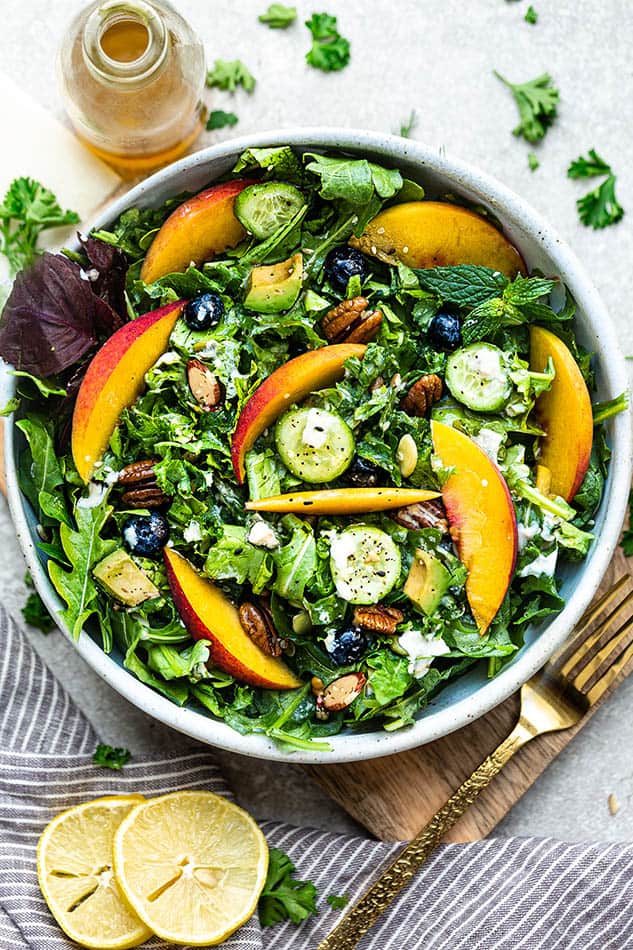
- Kale: Kale is a hearty green that can withstand hot weather. It is a good source of vitamins A and C.

- Lettuce: Lettuce is a cool-weather crop, but there are some varieties that can tolerate heat. Butterhead and romaine lettuce are two good choices for summer gardens.

- Mustard greens: Mustard greens have a peppery flavor that can be used in salads, stir-fries, or soups. They are a good source of vitamins A and C.

- Spinach: Spinach is a cool-weather crop, but it can be grown in the summer if it is planted in the shade. It is a good source of vitamins A, C, and K.
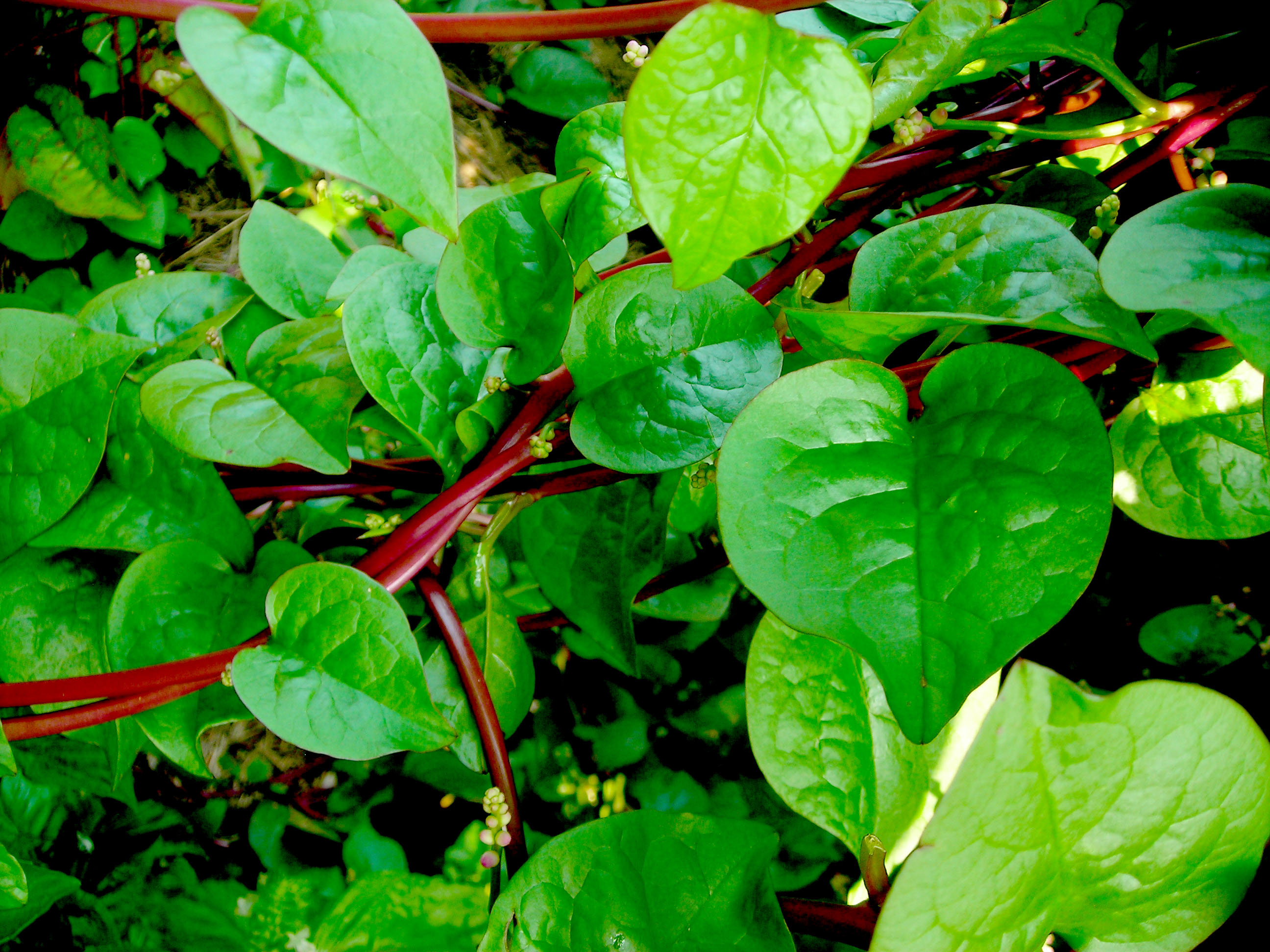
Q: How much sun do summer greens need?
A: The amount of sun that summer greens need varies depending on the type of green. Some greens, such as arugula and mustard greens, prefer full sun, while others, such as lettuce and spinach, prefer partial shade. It is important to check the growing instructions for the specific type of green that you are planting to determine how much sun it needs.
Q: What kind of soil do summer greens need?
A: Summer greens prefer well-drained soil that is rich in organic matter. The soil should be pH neutral or slightly alkaline. If your soil is not well-drained, you can improve drainage by adding compost or sand.
Q: How often do I water summer greens?
A: Summer greens need to be watered regularly, especially during hot, dry weather. The soil should be kept moist, but not soggy. You may need to water your summer greens daily during hot weather.
Q: How do I prevent pests and diseases in my summer greens garden?
A: There are a number of things you can do to prevent pests and diseases in your summer greens garden. Some of these things include:
- Plant resistant varieties of greens.
- Water your greens regularly to prevent stress.
- Thin your greens to allow for good air circulation.
- Remove any diseased or damaged leaves.
- Inspect your greens regularly for pests and diseases.
If you do see pests or diseases in your summer greens garden, you can treat them with insecticidal soap, neem oil, or other organic pesticides.
Image of summer greens to grow
- Arugula: Arugula is a peppery green that is heat tolerant and can be grown in full sun. It is a good source of vitamins A and C, as well as iron and calcium.
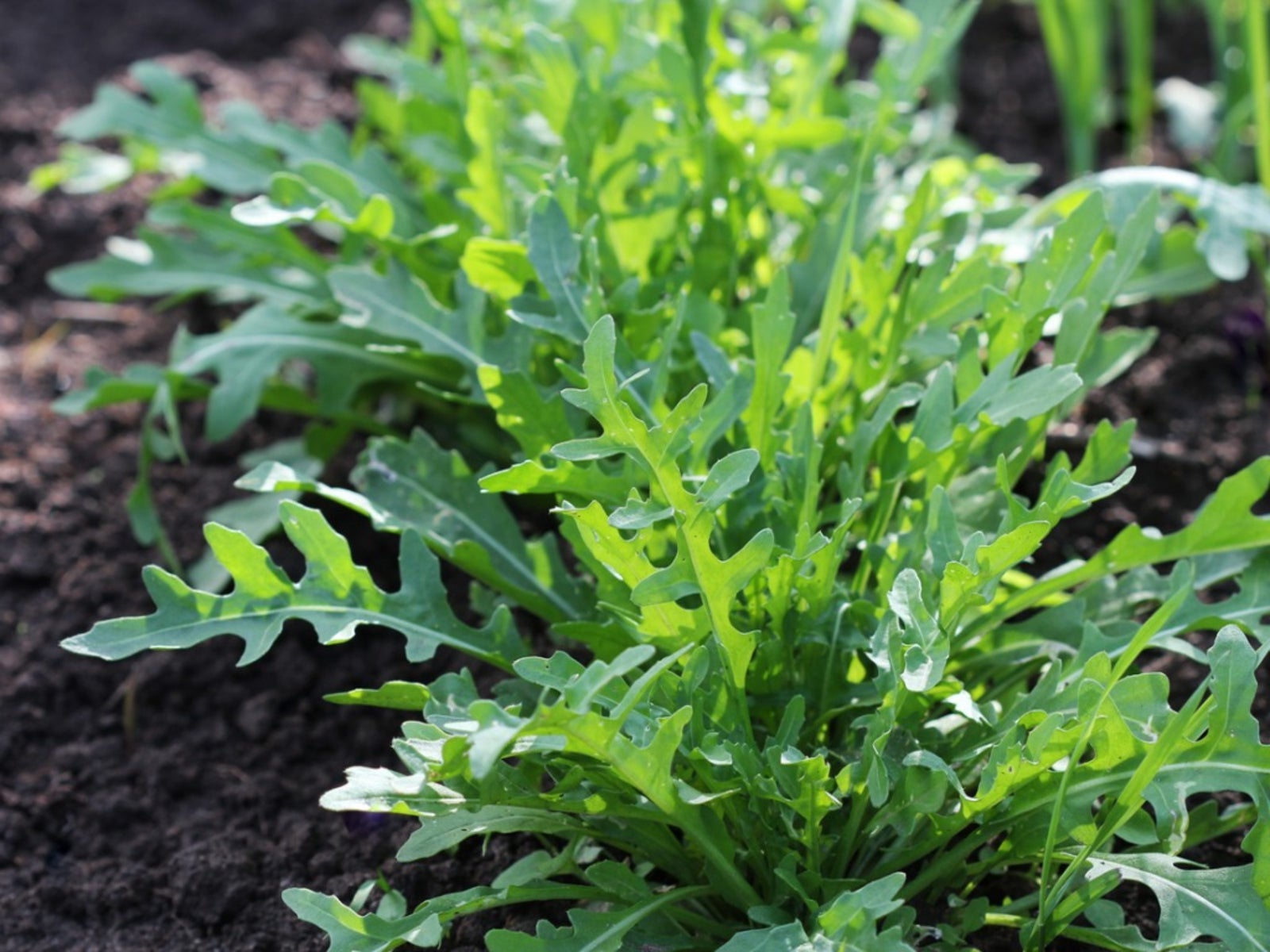
- Kale: Kale is another heat-tolerant green that is packed with nutrients. It is a good source of vitamins A, C, and K, as well as calcium and fiber.

- Malabar spinach: Malabar spinach is a tropical vine that can be grown in summer in warm climates. It is a good source of vitamins A and C, as well as iron and calcium.

- Swiss chard: Swiss chard is a cool-season green that can also be grown in summer in warm climates. It is a good source of vitamins A, C, and K, as well as calcium and fiber.

- Watercress: Watercress is a fast-growing green that can be grown in water or soil. It is a good source of vitamins A, C, and K, as well as iron and calcium.
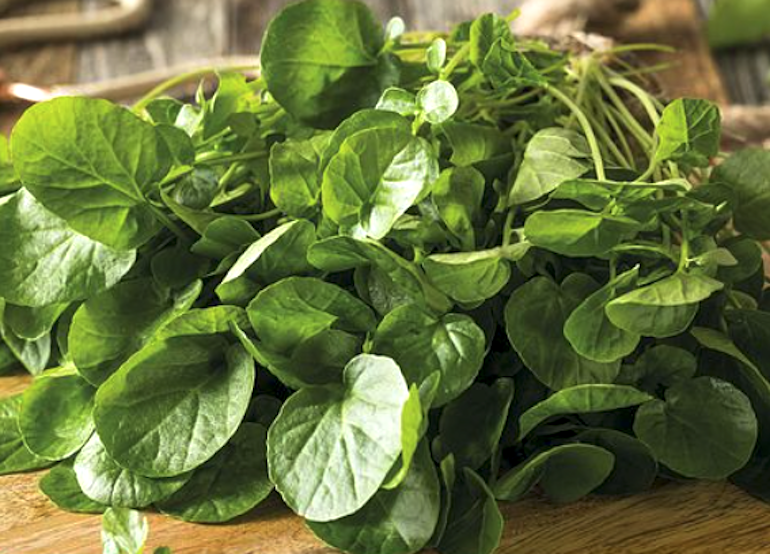
Post a Comment for " Heattolerant Greens That Will Thrive In Your Summer Garden"